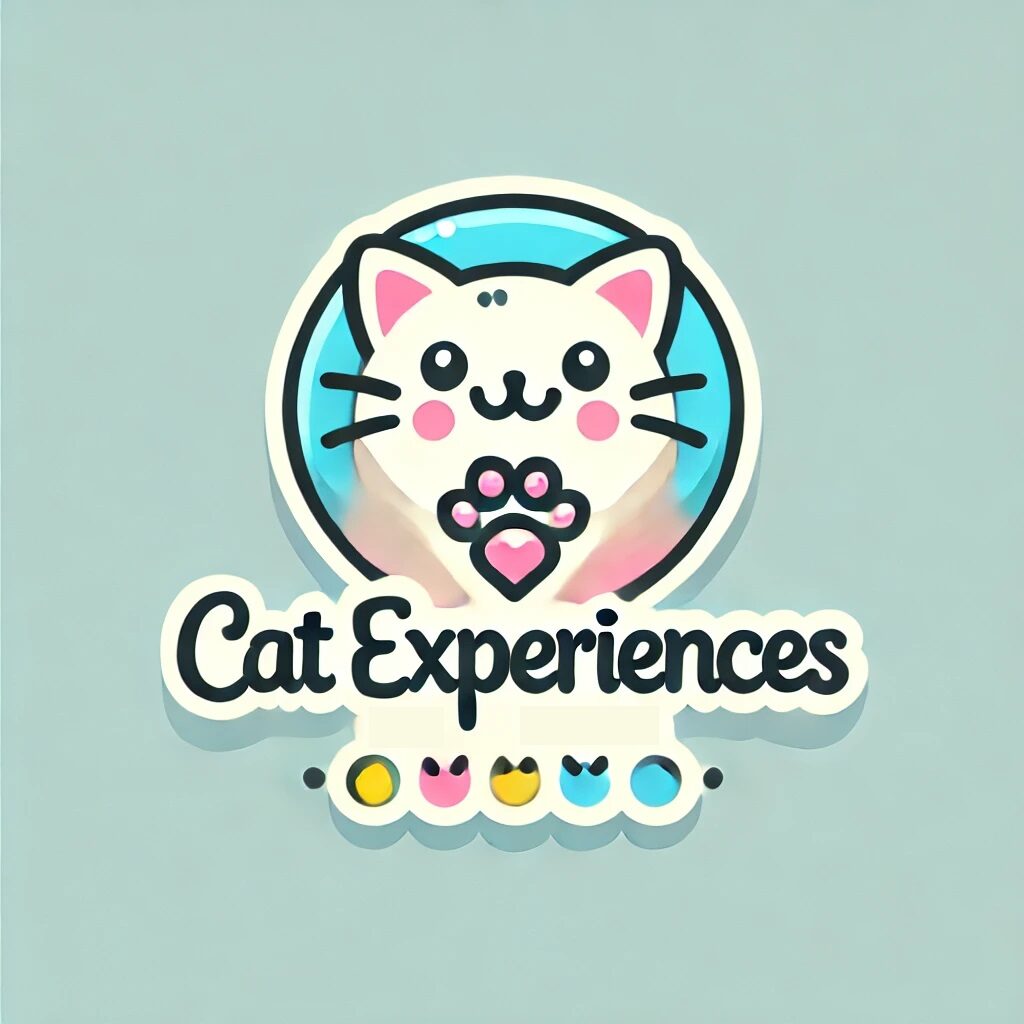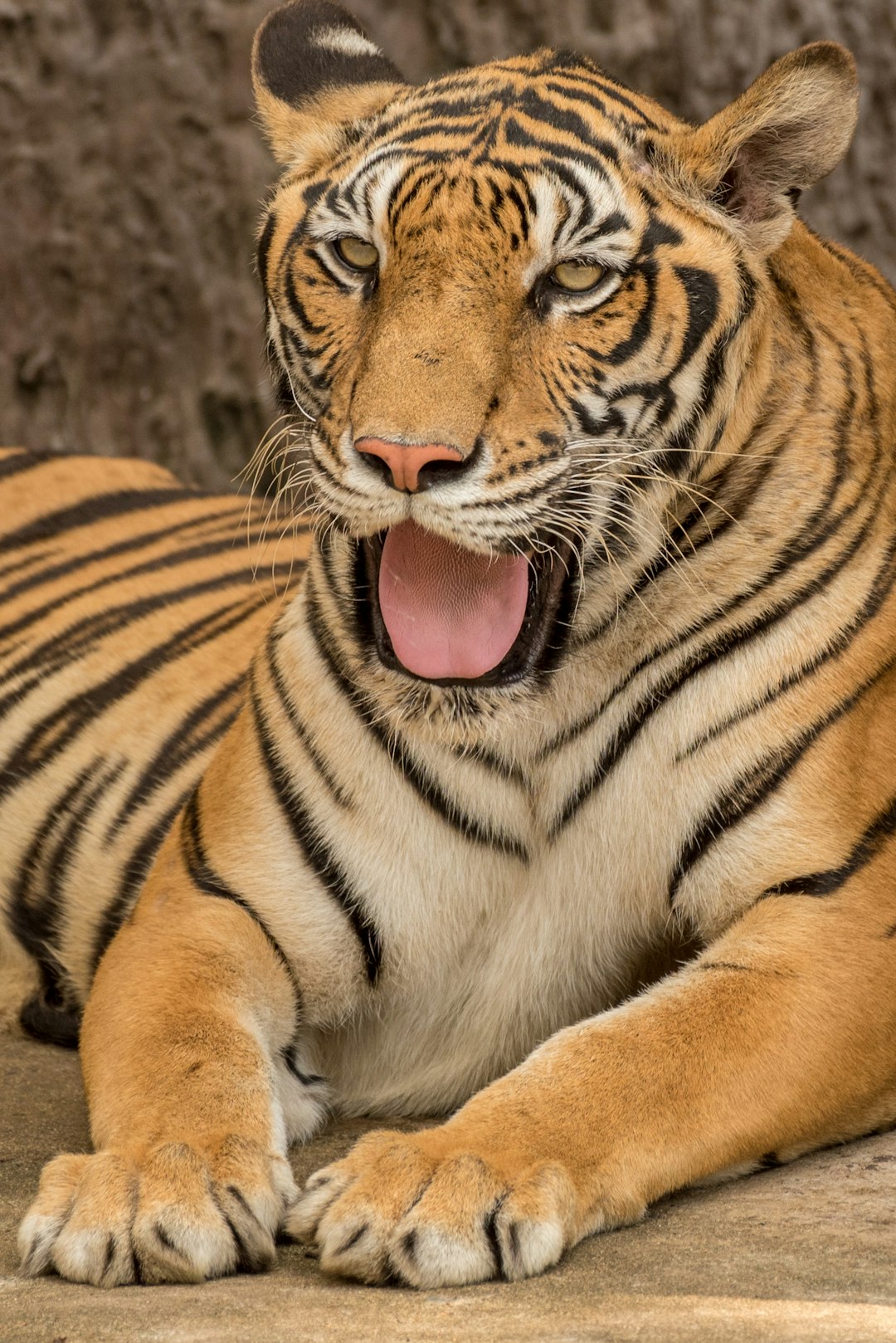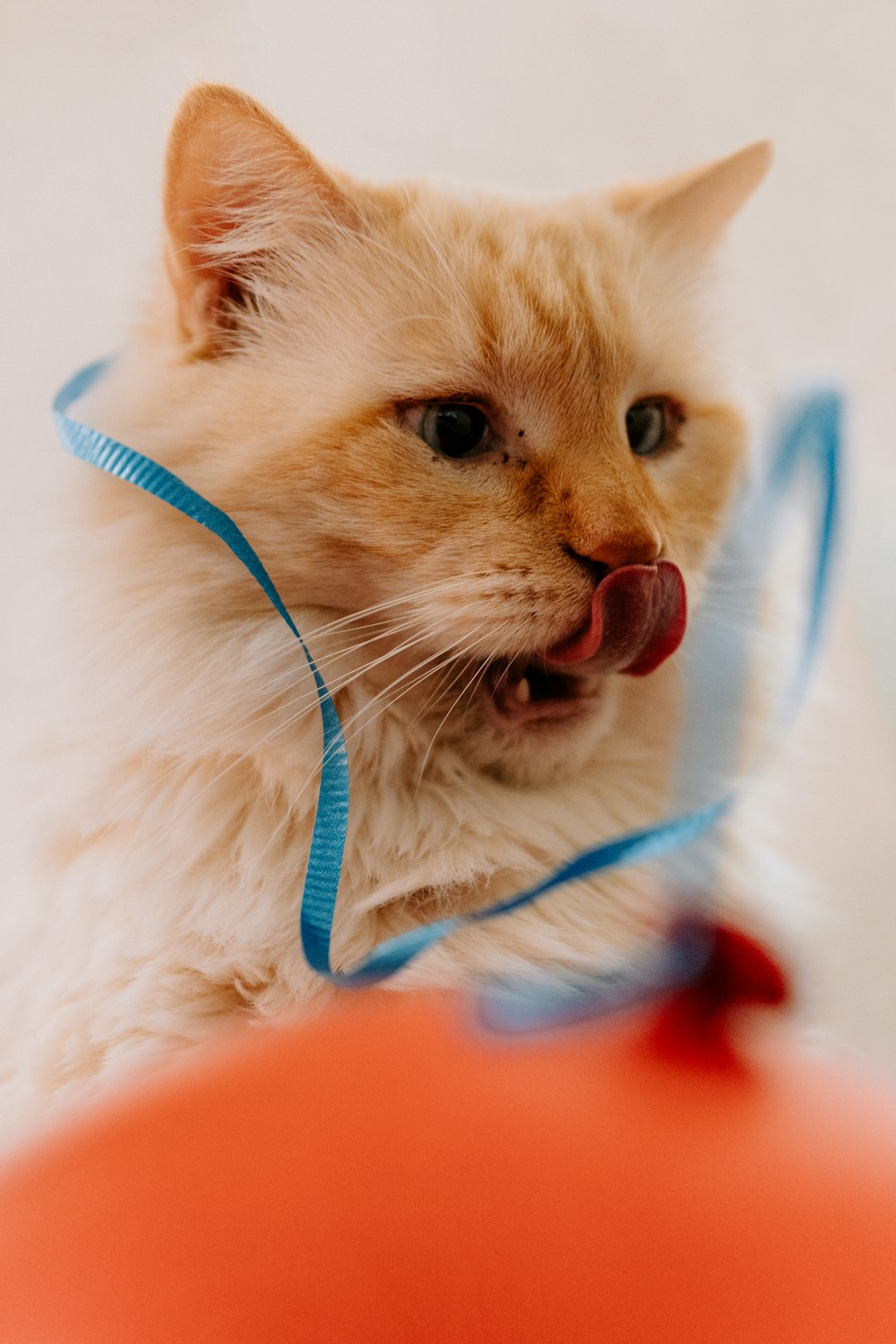Caring for a cat with a sensitive stomach can be a challenging experience for any pet owner. Many feline friends face dietary sensitivities that leave them uncomfortable or unwell after mealtime. Fortunately, selecting the best wet cat food for sensitive stomach can make a significant difference in your cat’s overall health and happiness. Wet cat food not only offers hydration but also features ingredients that may alleviate discomfort associated with gastrointestinal issues. In this guide, we’ll delve into the intricacies of sensitive stomachs in cats, explore the benefits of wet food, and provide you with tips on choosing the right brands and recipes to support your furry companion’s dietary needs. Whether you’re looking to switch foods or simply want to learn more about your cat’s nutritional requirements, you’ll find a wealth of helpful information throughout this post.
Understanding Sensitive Stomachs in Cats
Cats are known for their finicky eating habits, and those with sensitive stomachs often require special attention. Understanding the nuances of feline digestion can help pet owners ensure their furry friends remain healthy and comfortable. Here are some key insights into sensitive stomachs in cats.
Common Symptoms of Digestive Issues
Identifying the signs of digestive distress is crucial for addressing sensitive stomach issues. Common symptoms include:
- Vomiting: Frequent or occasional upchucking can signal gastric irritation.
- Diarrhea: Loose stools or increased bowel movements are significant indicators.
- Reduced Appetite: A reluctant eater may be experiencing abdominal discomfort.
- Weight Loss: Unexplained weight loss can worsen overall health.
- Bloating or Gas: Discomfort in the abdomen leading to excessive gas can be notable.
What Causes Sensitive Stomachs in Cats
Various factors may contribute to a cat’s sensitive stomach, including:
| Cause | Description |
|---|---|
| Dietary Changes | Sudden shifts in diet can upset a cat’s digestive system. |
| Food Allergies | Some cats may be allergic to specific proteins or ingredients. |
| Intestinal Parasites | Worms or other parasites can lead to digestive issues. |
| Stress or Anxiety | Emotional factors can disrupt normal digestion. |
| Underlying Health Conditions | Conditions like IBS or pancreatitis may require veterinary attention. |
Awareness of these symptoms and potential causes enables pet owners to identify when their cats are experiencing digestive issues, paving the way for appropriate dietary adjustments. Opting for the best wet cat food for sensitive stomach can often alleviate these problems while providing the essential nutrients needed for a healthy lifestyle.
Benefits of Wet Cat Food for Sensitivity
Why Choose Wet Food Over Dry Food?
Opting for wet food can be particularly beneficial for cats with sensitive stomachs. Here are some compelling reasons to consider it:
- Easier Digestion: Wet food tends to be gentler on the digestive system, allowing for better nutrient absorption.
- Palatability: Cats are often more attracted to the texture and aroma of wet food, making it easier to entice picky eaters or those with stomach issues.
- Increased Hydration: Wet food contains a higher moisture content, which helps to maintain your cat’s hydration levels, especially important for those prone to urinary tract issues.
Nutritional Advantages of Moisture-Rich Diets
A moisture-rich diet like the Best wet cat food for sensitive stomach offers many nutritional benefits:
| Nutritional Benefits | Description |
|---|---|
| High Protein Content | Supports muscle maintenance and energy requirements. |
| Balanced Nutrients | Typically formulated with essential vitamins and minerals to support overall health. |
| Lower Carbohydrates | Reduces the chance of digestive disturbances that carbs might cause in sensitive cats. |
| Enhanced Nutrient Absorption | Moisture helps dissolve nutrients, allowing for easier absorption. |
| Promotes Healthy Weight | Wet food often has fewer calories, which can help manage weight without sacrificing nutrition. |
In summary, the Best wet cat food for sensitive stomach not only provides a palate-pleasing experience but also delivers crucial nutrients in a form that’s easier for delicate digestive systems to handle. This ultimately contributes to better overall health and well-being for your feline friend.
Ingredients to Look for in Best Wet Cat Food for Sensitive Stomach
When selecting wet cat food for a cat with a sensitive stomach, the right ingredients can make all the difference. Understanding which components support digestive health while providing essential nutrition is crucial. Here are two primary categories to focus on:
High-Quality Protein Sources
Cats are obligate carnivores, meaning they require protein from animal sources. Opting for high-quality protein can aid in easier digestion and support overall health. Look for:
- Real Meat as the First Ingredient: Ingredients like chicken, turkey, or fish should be the first listed on the label.
- Hydrolyzed Proteins: These are proteins broken down into smaller components, minimizing the chance of triggering allergies.
- Novel Protein Sources: Options like venison or rabbit can help avoid common allergens, making them suitable for cats with sensitivities.
Limited Ingredient Diets
Limited ingredient diets (LIDs) are designed to provide essential nutrients with fewer ingredients, reducing the risk of digestive upset. Consider these factors:
- Fewer Fillers: Choose wet cat foods with minimal carbohydrates and fillers, such as corn, wheat, and soy, which can irritate sensitive stomachs.
- Single Source of Protein: LIDs often contain one animal protein, helping to simplify your cat’s diet and reducing exposure to potential allergens.
- Digestible Carbohydrates: Ingredients like sweet potato or pumpkin provide energy while being easier on the stomach.
By prioritizing these ingredient types, you can help support your cat’s digestive health while ensuring they get the nutrition they need.
Ingredients to Avoid in Cat Food
When selecting the best wet cat food for sensitive stomachs, it’s crucial to be aware of certain ingredients that can exacerbate gastrointestinal issues. Here, we outline common allergens, fillers, and additives that should be avoided to ensure your cat’s diet promotes digestive health.
Common Allergens and Filler Ingredients
Certain ingredients can trigger sensitivities or allergies in cats. Watch out for:
- Corn and Wheat: Often used as fillers, these grains can be hard for cats to digest and may lead to allergic reactions.
- Soy: Another common allergen, soy can cause gastrointestinal distress in sensitive felines.
- Dairy Products: Many cats are lactose intolerant; hence, dairy can lead to upset stomachs.
- Artificial Colors and Flavors: These additives offer no nutritional value and have the potential to irritate your cat’s stomach.
How to Identify Harmful Additives
To make informed choices, carefully read labels and consider excluding the following ingredients:
| Additive | Why to Avoid |
|---|---|
| BHA/BHT | Preservatives linked to health issues |
| Propylene Glycol | Used in antifreeze, toxic if ingested |
| Sodium Nitrite | Preservative that can be harmful |
| Meat By-Products | Typically lower quality protein sources |
By steering clear of these ingredients, you enhance the chances of finding the best wet cat food for sensitive stomachs and fostering your cat’s overall health. Always consult with a veterinarian before making any significant dietary changes.
Top Brands Offering Best Wet Cat Food for Sensitive Stomach
High-Proof Brand Reviews
Several brands have gained popularity for producing wet cat food specifically designed for cats with sensitive stomachs. Here are some noteworthy options:
- Hill’s Science Diet: Renowned for its veterinary-formulated recipes, this brand offers easily digestible options that cater to felines with dietary sensitivities.
- Royal Canin: This brand provides tailored nutrition specifically for various cat breeds and health concerns, ensuring your pet gets optimal nourishment without upsetting their stomach.
- Purina Pro Plan: Known for their advanced nutrition formulas, their sensitive systems range is designed to support digestion while providing high-quality proteins.
- Blue Buffalo: Featuring high-quality natural ingredients, Blue Buffalo’s wet food options focus on real meat as a primary ingredient, making it suitable for sensitive cats.
Price Comparison and Value Assessment
When selecting the ideal food for your cat, considering the price vs. value equation is essential. Here’s a brief overview of some top brands, focusing on their average price per can and the amount of protein each offers:
| Brand | Average Price per Can | Protein Content (%) |
|---|---|---|
| Hill’s Science Diet | $2.00 | 30 |
| Royal Canin | $2.50 | 32 |
| Purina Pro Plan | $1.75 | 28 |
| Blue Buffalo | $2.25 | 29 |
Key Takeaways:
- Hill’s Science Diet and Royal Canin may be on the pricier side but offer tailored nutrition.
- Purina Pro Plan stands as a more economical option without compromising quality.
- Always check for unique ingredients suited for cats with sensitivities when choosing a brand.
Ultimately, the right choice depends on your cat’s specific needs and dietary preferences.
Homemade Wet Cat Food Recipes
Easy Recipes for Sensitive Cats
Creating the best wet cat food for sensitive stomach issues at home can be simple and rewarding. Here are two easy recipes that cater to your cat’s digestive needs:
Chicken and Pumpkin Puree
- Ingredients:
- 1 cup boneless chicken breast (cooked)
- 1/2 cup canned pumpkin (not pie filling)
- 1/4 cup water (or low-sodium chicken broth)
- Instructions:
- Cook the chicken until fully done, then chop into small pieces.
- In a blender, combine chicken, pumpkin, and water. Puree until smooth.
- Serve fresh and refrigerate any leftovers.
Fish and Rice Medley
- Ingredients:
- 1 cup cooked white fish (like cod or tilapia)
- 1/2 cup cooked white rice
- 1/4 cup green peas (cooked)
- Instructions:
- Flake the cooked fish into small pieces.
- Mix with the rice and green peas.
- Allow to cool before serving.
Nutrition Tips for Homemade Diets
When preparing homemade wet cat food, consider the following nutrition tips to ensure your feline friend remains healthy:
- Balance & Variety: Include a variety of protein sources, such as chicken, turkey, or fish, to prevent nutrient deficiencies.
- Consult a Veterinarian: Always check with your vet to determine specific dietary needs and any supplements required for a balanced diet.
- Monitor Portion Sizes: Adjust the portion sizes based on your cat’s weight, age, and activity level to maintain a healthy weight.
- Hydration: Ensure your cat is drinking enough water, as homemade diets may have different moisture levels compared to store-bought wet food.
Using these recipes and tips, you can create satisfying meals that address the best wet cat food for sensitive stomach concerns, promoting better health for your beloved pet.
How to Transition Your Cat to New Food
Transitioning your cat to a new diet—especially when selecting the Best wet cat food for sensitive stomach—requires care and patience. A gradual change helps prevent gastrointestinal upset while allowing your feline friend to adapt to the new flavors and textures. Let’s delve into the effective steps and indicators of a smooth transition.
Step-by-Step Transition Process
- Day 1-3:Start by mixing a small amount of the new food with the current food. A common ratio is 75% old food to 25% new food.
- Day 4-6:Gradually increase the new food percentage. Move to a 50/50 mix and monitor for any signs of discomfort or digestive issues.
- Day 7-10:Switch to 75% new food and 25% old food. Again, watch for any gastrointestinal disturbances such as vomiting or diarrhea.
- Day 11-14:If your cat is tolerating the new food well, fully transition to the new food. Ensure the new diet is providing proper nutrition and hydration.
| Day Range | Old Food % | New Food % | Description |
|---|---|---|---|
| Day 1-3 | 75% | 25% | Initial mix; monitor closely |
| Day 4-6 | 50% | 50% | Equal parts; check tolerance |
| Day 7-10 | 25% | 75% | Majority new food |
| Day 11-14 | 0% | 100% | Full transition, observe health |
Signs of a Healthy Adjustment
During the transition, keep an eye out for these positive signs:
- Increased Interest in Food: Your cat should show enthusiasm for the new wet food.
- Steady Digestion: Regular bowel movements without vomiting or diarrhea.
- Good Energy Levels: Noticeable playfulness and active behavior.
If any negative symptoms occur during the transition, consider slowing down the process and consult a veterinarian. By ensuring a smooth transition, you will help your cat adjust to the Best wet cat food for sensitive stomach effectively.
Monitoring Your Cat’s Health After Switching Foods
Keeping a close eye on your cat’s health after a dietary change is crucial, especially when introducing the best wet cat food for sensitive stomach issues. Some cats may adapt quickly, while others might experience various reactions. To ensure your furry friend is thriving, follow these key monitoring practices.
Signs of Improvement or Deterioration
Look for these indicators to assess how your cat is adjusting to their new food:
- Improved Digestion: Fewer issues with vomiting or diarrhea.
- Increased Energy Levels: A more active and playful demeanor.
- Healthy Coat: A shiny, less flaky fur may indicate proper nutrition.
- Weight Management: Maintaining or gradually reaching a healthy weight is essential.
Conversely, if you notice any of the following signs, it might indicate a problem:
- Continued Vomiting or Diarrhea: Persistent issues could signify a reaction to the new food.
- Decreased Appetite: Reluctance to eat may indicate dissatisfaction with the new diet.
- Lethargy or Sudden Behavioral Changes: Alterations in energy levels or behavior could suggest health concerns.
When to Consult Your Veterinarian
Seek veterinary advice if you observe:
- Prolonged Digestive Disturbances: Issues lasting more than 24-48 hours.
- Severe Allergic Reactions: Symptoms like swelling or difficulty breathing require immediate attention.
- Signs of Dehydration: Increased thirst or dry gums.
Always communicate with your vet before making significant dietary decisions or if you have concerns about your cat’s well-being during the transition. Keeping track of these signs will help you ensure that your pet is thriving with the best wet cat food for sensitive stomach conditions.
Frequently Asked Questions About Cat Food Sensitivity
Addressing Common Concerns
When it comes to sensitive stomachs in cats, many pet owners have similar questions. Below are some frequently asked questions to clarify common concerns:
- What are the signs of a sensitive stomach in cats?
- Vomiting, diarrhea, abdominal bloating, and a lack of appetite are primary indications.
- Can I switch to different brands of wet food?
- Yes, but transitioning gradually over 7-10 days is crucial to prevent digestive upset.
- Is it necessary to consult a vet?
- Consulting a vet is wise, especially if your cat shows persistent symptoms, as they can rule out underlying health issues.
Expert Tips for Pet Owners
Here are some expert-recommended tips for managing food sensitivity in cats:
- Look for specific protein sources:
- Ingredients like turkey, venison, or fish are often easier to digest.
- Avoid fillers:
- Cat foods containing corn, wheat, and soy can exacerbate sensitivity; they offer little nutritional value.
- Choose high-quality brands:
- Brands that specialize in cat food for sensitive stomachs often use better quality ingredients. Consider top-rated options like Best wet cat food for sensitive stomach brands which prioritize digestible proteins and added probiotics.
- Monitor their health:
- After changing food, keep an eye on your cat’s behavior and health. Document any changes to discuss with your vet during routine check-ups.
By addressing concerns and following expert advice, you can significantly improve your cat’s quality of life and gastrointestinal health.
Frequently Asked Questions
What ingredients should I look for in wet cat food for sensitive stomachs?
When selecting wet cat food for sensitive stomachs, prioritize options that feature high-quality protein sources, such as chicken or fish. Avoid foods with fillers like corn, wheat, or soy, as these can upset digestion. Ingredients like prebiotics, probiotics, and easily digestible carbohydrates (such as potatoes or peas) can also be beneficial. Additionally, look for limited ingredient diets that reduce the risk of food intolerances.
Are there specific brands recommended for cats with sensitive stomachs?
Yes, many reputable brands formulate wet cat foods specifically designed for sensitive stomachs. Look for brands like Hill’s Science Diet, Royal Canin, and Purina Pro Plan, which offer specialized formulas. These products are often tested for digestibility and contain optimized nutrients that support gut health. Additionally, exploring options like Blue Buffalo and Wellness can provide high-quality ingredients aimed at sensitive digestive systems.
How can I transition my cat to a new wet food for better digestion?
To transition your cat to a new wet food, do so gradually over 7 to 10 days. Start by mixing a small amount of the new food with their current food, gradually increasing the new food’s proportion each day while decreasing the old food. This slow transition helps your cat’s digestive system adjust to the new formula, reducing the risk of stomach upset and ensuring a smoother changeover.
What should I do if my cat continues to have digestive issues despite changing food?
If your cat continues to experience digestive problems despite a change in diet, consult your veterinarian for a thorough evaluation. Persistent issues might indicate underlying health conditions, such as food allergies, gastrointestinal disorders, or infections. Your vet can recommend appropriate diagnostic tests and suggest tailored dietary plans or specific treatments, ensuring your pet’s well-being and comfort.
How often should I feed my cat wet food if it has a sensitive stomach?
For cats with sensitive stomachs, feeding smaller, more frequent meals might be beneficial. This approach can help reduce digestive stress compared to one or two larger meals each day. Aim for at least two to three meals per day, adjusting the amount based on your cat’s size, age, and energy level. Monitoring their response to meal frequency can help you find the optimal routine that suits their needs.



